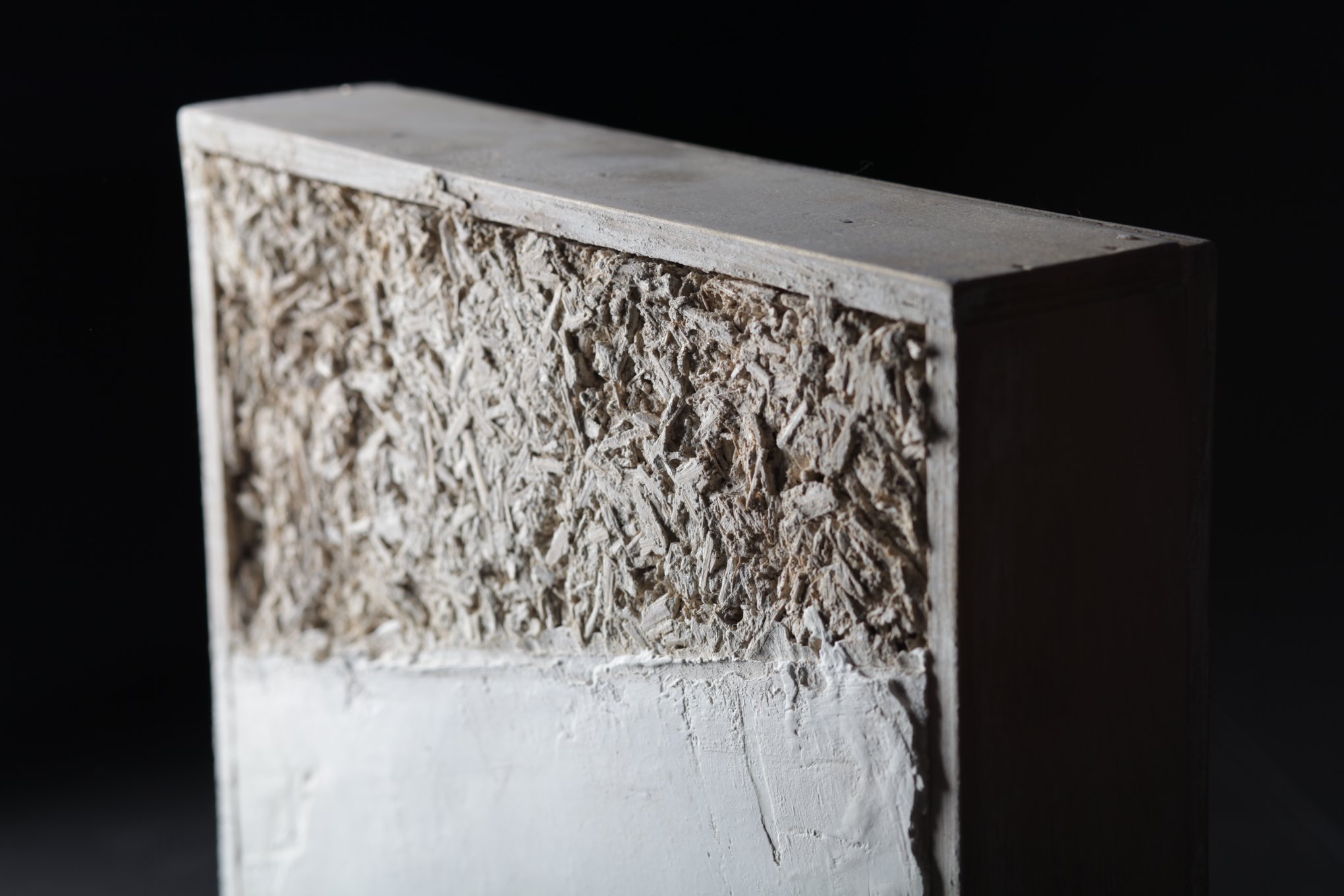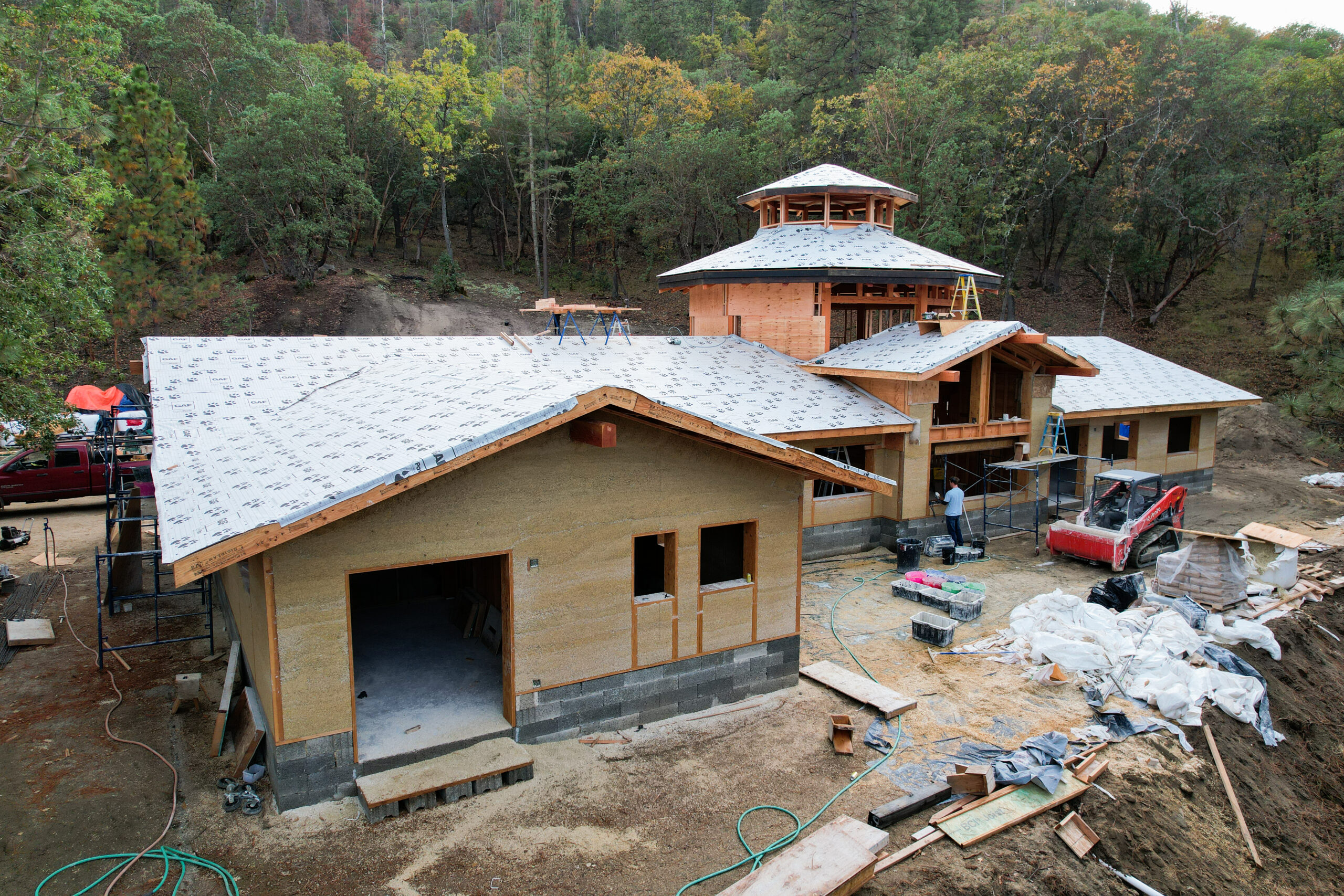By Sam Hagerman, Hammer & Hand.
In the spirit of collaboration, we have recently made available our company’s Best Practices Manual — a guidebook of field-tested construction details, many shaped by our high-performance building and Passive House construction experience. It is a resource referenced daily by our carpenters and is a key tool for sharing the cutting-edge of Hammer & Hand’s construction praxis throughout the company.
The manual is now available on our website complete with 180 step-by-step illustrations of building techniques. The details contained within have been developed through extensive in-the-dirt experience and informed by our building science training and research. They’re details that we have found combine durability, performance, and constructability in our Pacific Northwest climate.
This first edition’s nine chapters cover our liquid applied window flashing technique, rain screen detailing, wall penetration guidelines, and more. We expect the manual to grow and evolve as we continue to improve our practice in the field, and as we continue to learn from the design and construction professionals with whom we collaborate.
If you see a detail that can be improved or know of a better approach to a given construction problem, please let us know. It will inform the next edition!
Our Best Practices Manual is free to the public and shared under a Creative Commons license. To view the manual and learn more, visit http://hammerandhand.com/best-practices/manual.


